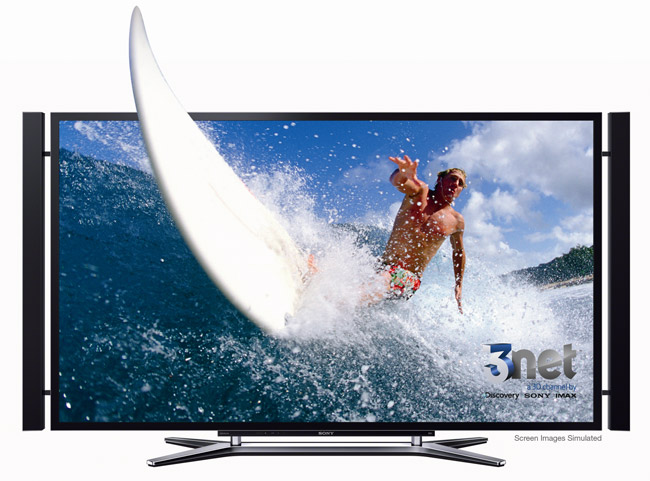TV newscasters and other celebrities who already complain that current high definition is far from kind as it can "reveal" too much certainly won't like the news from the Consumer Electronics Association this week, which voted unanimously on Wednesday to endorse the consensus opinion of CEA's "4K" Working Group recommending the term "Ultra High-Definition" and related performance attributes.
The next generation of what to date have been called "4K" high-definition displays, which can provide more than eight million pixels of resolution, or four times what today's HD sets provide, will be called "Ultra High-Definition" or "Ultra HD." This will emphasize this technologies superiority over conventional HDTV according to the CEA.
The name and related minimum performance characteristics are designed to help bring clarity to consumers and retailers to about exactly what is meant by 4K, and Ultra HD and help all parties understand the attributes of this next generation of television and display technology.
The first sets are rolling out this fall, while the Working Group, now known as the CEA Ultra HD Working Group, was formed earlier this year to bring a wide array of stakeholders together to discuss the best way to both define the technology and to educate consumers.
The industry's designation for Ultra HD reportedly was the result of extensive consumer research conducted by the CEA's market research group, with the actual name "Ultra HD" being rated the highest in terms of helping consumers understand the technology.
"Ultra HD is the next natural step forward in display technologies, offering consumers an incredibly immersive viewing experience with outstanding new levels of picture quality," said Gary Shapiro, president and CEO, CEA. "This new terminology and the recommended attributes will help consumers navigate the marketplace to find the TV that best meets their needs."

The CEA Ultra HD Working Group also helped define what are the core characteristics of the Ultra HD designation for TVs as well as monitors and projectors for the home. The minimum performance attributes for this new technology include a display resolution that is at least eight million active pixels, with at least 3,840 horizontally and at least 2,160 vertically. Displays must have an aspect radio width to height of the current HD format - or 16x9 (1.78:1).
Additionally for a set to be considered Ultra HD it would be required to have at least one digital input capable of supporting (which includes carrying and presenting) native 4K format video from this input at the full 3,840x2,160 pixel resolution without relying solely on up-converting. So those JVC 4K projectors which only support up to a 1080p input would not qualify as Ultra HD.
"Under CEA's leadership, the Ultra HD Working Group spent the majority of the summer meeting and discussing how to bring this technology to market," said CEA Ultra HD Working Group Chairman Gary Yacoubian, president and CEO of Specialty Technology/SVS. "We discussed and debated two important steps, the name and recommended attributes, in a forum that allowed a variety of key stakeholders, manufacturers, retailers, broadcasters and Hollywood professionals to lend their voices. As we educate and raise awareness among consumers, I look forward to working with our robust committee to pave the way for a successful rollout of Ultra HD."
The Ultra HD technology will be prominently displayed at the upcoming 2013 International CES, which will be held in Las Vegas from January 8-11, 2013. Big Picture BigS ound will be on hand to deliver the latest news on Ultra HD from the show.
For more information